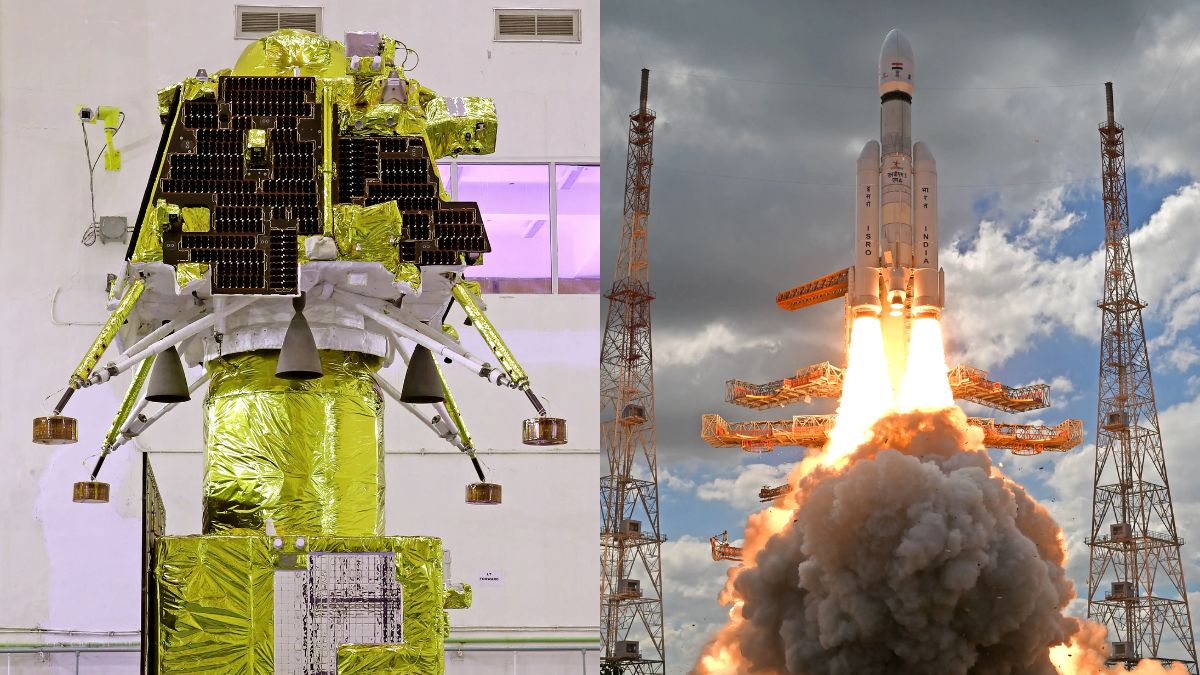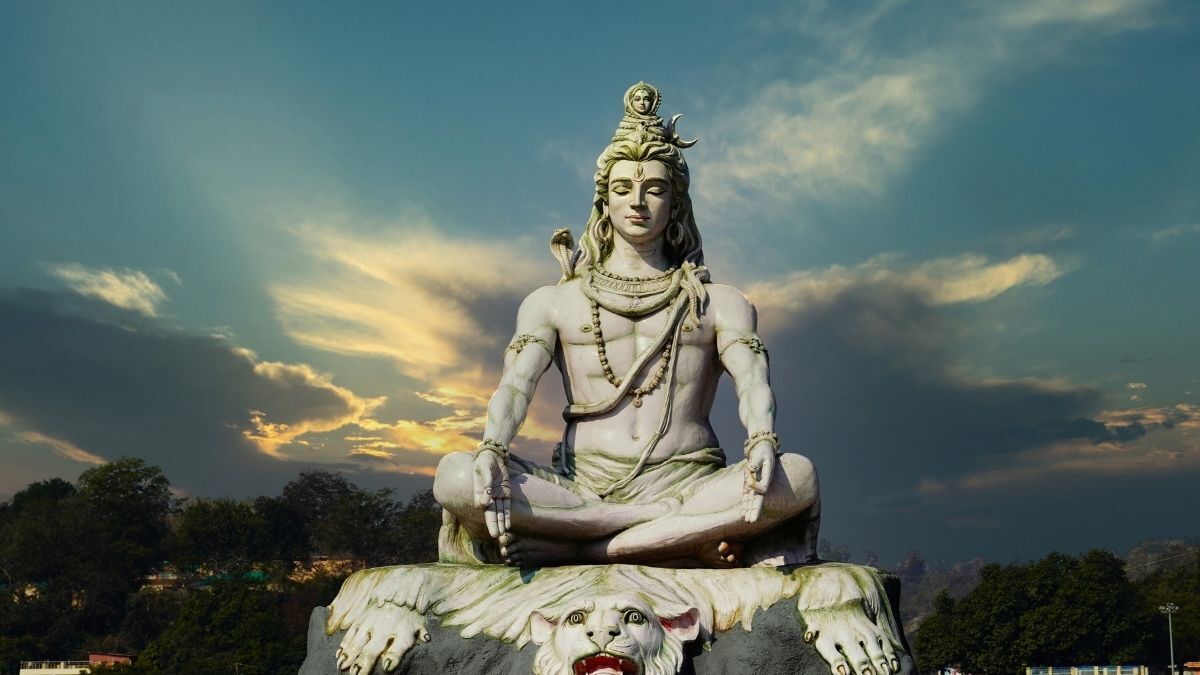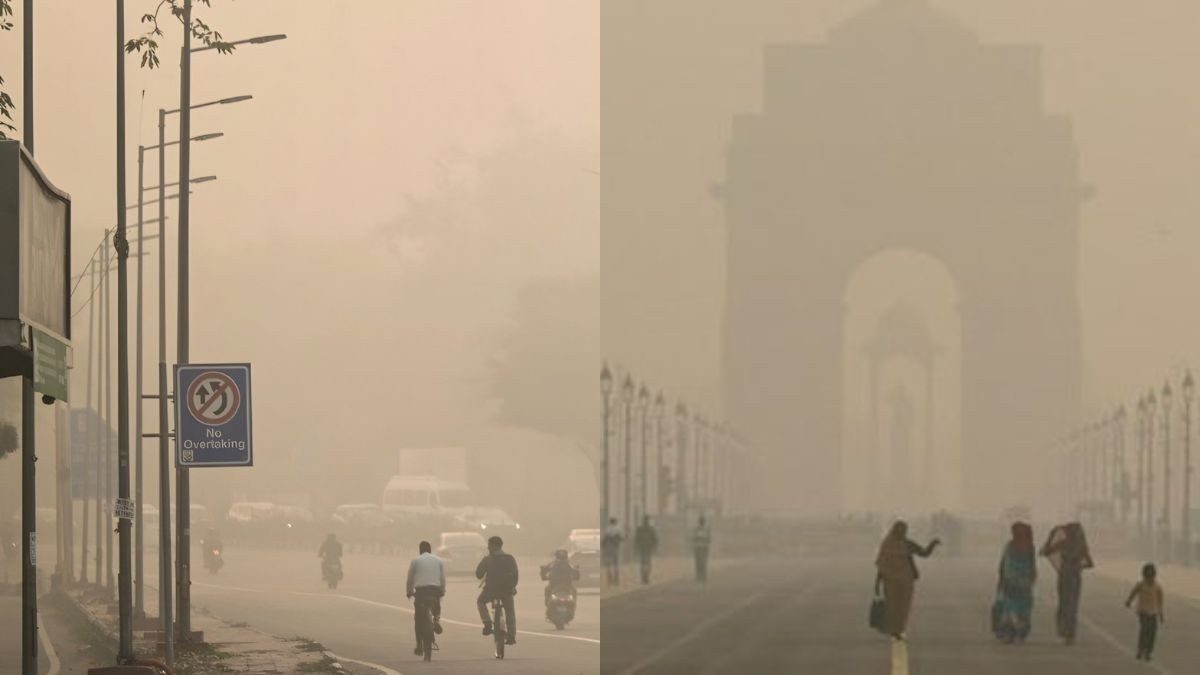Chandrayaan-3 has been the talk of the town since it landed on the moon’s south pole. When it did, it made India the first country in the world to ever successfully land a spacecraft at the moon’s south pole. This part of the moon has been unexplored so far and contains important information regarding the living conditions, or lack thereof, on the moon. Chandrayaan-3 recently conducted a test on the moon’s soil which revealed some interesting information.
Chandrayaan-3 Profiles The Moon’s Soil
Chandrayaan-3 Mission:
Here are the first observations from the ChaSTE payload onboard Vikram Lander.ChaSTE (Chandra’s Surface Thermophysical Experiment) measures the temperature profile of the lunar topsoil around the pole, to understand the thermal behaviour of the moon’s… pic.twitter.com/VZ1cjWHTnd
— ISRO (@isro) August 27, 2023
This particular mission undertaken by the Indian Space Research Organisation or the ISRO has certainly made every Indian’s head turn up with pride. Recently, Chandrayaan-3 began its assignment of profiling the soil on the South Pole of the moon.
The X (formerly, Twitter) account of ISRO posted the important findings on the micro-blogging site. As per the graph included in the post, the temperatures range from 60 degrees Celsius to -10 degrees Celsius. The experiment was called ChaSTE which stands for Chandra’s Surface Thermophysical Experiment.
According to an article recently published in Hindustan Times, the probe conducting the experiment is equipped with a mechanism that is capable of penetrating 10 centimetres into the surface. It is also equipped with 10 individual temperature sensors.
Also Read: From Cyclone To Chandrayaan-3, These Videos From Pakistan Have Left Desi Netizens In Chuckles
Moon’s South Pole Might Have Hospitable Conditions For Humans
Chandrayaan-3 Mission:
Of the 3⃣ mission objectives,
🔸Demonstration of a Safe and Soft Landing on the Lunar Surface is accomplished☑️
🔸Demonstration of Rover roving on the moon is accomplished☑️
🔸Conducting in-situ scientific experiments is underway. All payloads are…
— ISRO (@isro) August 26, 2023
According to the graph in the post, the temperature of the surface of the moon is around 50 degrees Celsius. The temperature keeps dropping as you go beneath the surface with it reaching -10 degrees 8 centimetres deep.
The south pole of the moon is not explored and the reason why it is so important that India was the first country to do so is because it may be able to support human life. The south pole of the moon does not receive sunlight as much as other parts.
This means that in future if it is found to support human life, it will be able to function as an outpost.
Also Read: Chandrayaan-3: India Becomes 4th Country To Land On Moon; PM Modi Congratulates Entire Nation
Do you think the moon may be able to support human life? Let us know in the comments below!
Cover Image Credits: Wikimedia Commons
First Published: August 28, 2023 12:47 PM



